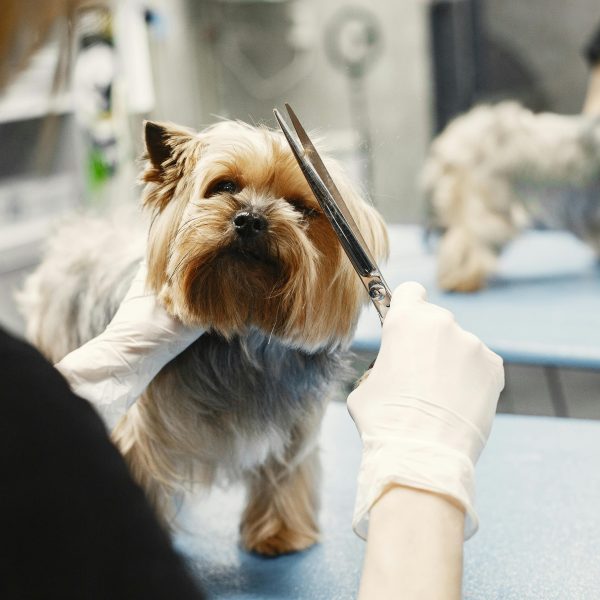Bringing a pet into your home is a journey filled with happiness, affection, and companionship. However, being an owner goes beyond just snuggles and playtime; it involves taking care of your furry friend’s health and well-being. One vital aspect of ownership that is often underestimated is insurance. Pets, like humans, can face emergencies or require regular medical attention. In such situations, having insurance can offer financial support and ensure your companion gets the necessary treatment. Yet, with a plethora of choices, deciding on the right pet insurance can feel overwhelming. This detailed guide aims to simplify this process by guiding you through the factors to consider when selecting coverage for your cherished pet.
Understanding Pet Insurance
Insurance functions similarly to human health insurance by covering veterinary expenses for accidents, illnesses, and preventive care. Policies vary in terms of coverage extent, price range, exclusions, and reimbursement methods. Before diving into the decision-making process, it’s crucial to understand the elements of insurance so that you can make well-informed choices.
Key Considerations
Age and Breed of Your Pet
The age and breed of your pet play a role in determining insurance costs and available coverage options. When it comes to pet insurance, younger pets usually qualify for lower premiums, while older pets may face higher costs due to increased health risks. Certain breeds are more prone to health issues, which can affect coverage eligibility and pricing. It’s important to consider your pet’s age and breed when choosing an insurance plan to ensure you get coverage without overspending.
Types of Coverage
Pet insurance policies come with coverage options, such as accident-only, illness-only, and comprehensive plans. Accident plans typically cover injuries from accidents like broken bones or ingesting foreign objects. Illness-only plans focus on treatments for illnesses such as infections or chronic conditions. Comprehensive plans combine both accident and illness coverage for overall protection. Assess your pet’s health status and potential risks to decide on the coverage option that suits them best.
Reimbursement
Deductibles are the amount you need to pay before your insurance starts covering expenses. Higher deductibles often mean lower premiums but require more out-of-pocket costs when making claims. Reimbursement rates determine the percentage of expenses covered by the insurer after meeting the deductible. While higher reimbursement rates provide more assistance, they usually come with higher premiums. Consider your budget and willingness to take risks to find the balance between deductibles and reimbursement rates.
Exclusions and Restrictions
Thoroughly examine the policy’s exclusions and restrictions to understand which conditions or treatments are not included. Common exclusions involve pre-existing conditions, genetic disorders, and cosmetic procedures. Some policies also set limits on benefits either annually or for a lifetime, capping the amount that can be reimbursed over a timeframe. Make sure you are aware of all exclusions and limitations to avoid any surprises when making claims.
Waiting Periods and Activation of Coverage
Most pet insurance plans have waiting periods before coverage kicks in. During this time, which can range from days to weeks, expenses for new illnesses or injuries may not be reimbursed. Certain conditions might have longer waiting periods as well. Understanding these waiting periods and how coverage is activated will help you plan ahead and prevent gaps in coverage.
Feedback from Customers and Reputation
Look into the reputation of the insurer. Read customer reviews to get an idea of their satisfaction levels and experiences with claims. Trustworthy insurers prioritize customer service and quick processing of claims, providing a seamless experience during challenging times. Online forums, review platforms, and recommendations from owners can give you valuable insights into an insurer’s trustworthiness and standing in the industry.
When choosing insurance, it’s important to consider factors such as your pet’s age, breed, coverage requirements, deductibles, reimbursement rates, exclusions, waiting periods, and the reputation of the insurance company. By considering these factors and comparing insurance options, you can make a well-informed choice that takes care of your furry friend’s health and gives you peace of mind. Keep in mind that getting insurance is a step to protect your beloved companion’s health and ensure they receive proper care throughout their life.








